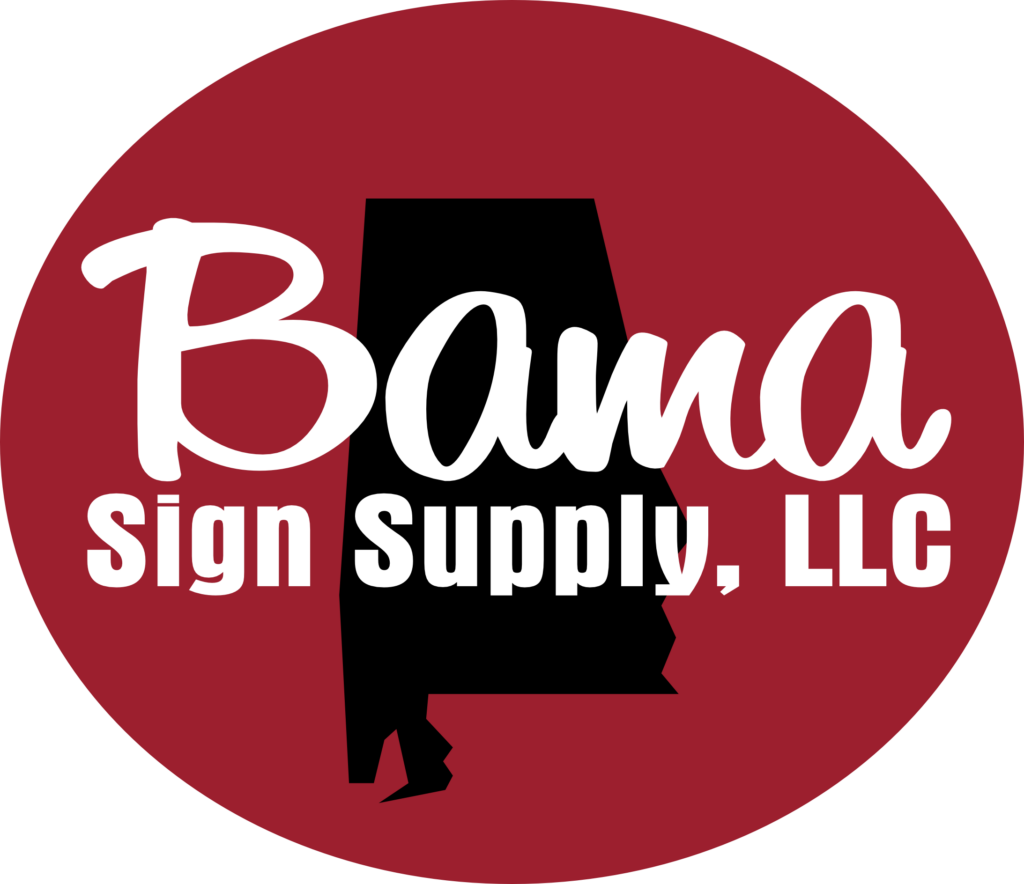Title: A Beginner’s Guide to Sign-Making Equipment and Software
Whether you are a small business owner looking to promote your products or services, an event organizer needing directional signs, or an individual wanting to create personalized decor, sign-making can be a valuable skill to have. With the right equipment and software, you can design and produce professional-looking signs to meet your specific needs. In this beginner’s guide, we will explore the essential tools and software for creating high-quality signs.
1. Design Software:
The first step in creating a sign is designing its layout and visual elements. Design software such as Adobe Illustrator, CorelDRAW, or Inkscape are popular choices for creating vector-based graphics. These programs allow you to create and manipulate shapes, text, and images to design the layout of your sign. Additionally, they provide tools for precise measurements, color management, and exporting files for printing.
2. Cutting Machines:
Once the design is finalized, it needs to be translated into physical form. Cutting machines like vinyl cutters or CNC routers are essential for turning digital designs into tangible signs. Vinyl cutters are commonly used for creating adhesive vinyl lettering and graphics, while CNC routers are ideal for cutting more substantial materials like wood, plastic, and metal. These machines are controlled by the design software and can precisely cut out the shapes and letters from the chosen material.
3. Printing Equipment:
For signs that require full-color graphics or photographic images, a wide-format printer is necessary. These printers can produce high-quality prints on various materials such as vinyl, canvas, and poster paper. Additionally, a laminator can be used to protect printed signs from scratches and UV damage, providing durability and longevity to the finished product.
4. Material and Substrates:
The type of material used for a sign plays a significant role in its appearance and functionality. Common sign-making materials include vinyl, acrylic, metal, wood, and foam board. Each material has unique properties and suitability for different applications. Understanding the characteristics of these substrates is crucial in selecting the right material for your specific signage needs.
5. Finishing Tools:
To complete the sign-making process, various finishing tools may be required, such as weeding tools for removing excess vinyl, application tape for transferring vinyl graphics, and mounting hardware for hanging or displaying the finished sign.
In conclusion, sign-making equipment and software are essential for creating professional-quality signs for personal or business use. By investing in the right tools and learning how to use them effectively, you can unleash your creativity and bring your sign-making ideas to life. Whether you are a beginner or an experienced designer, staying updated with the latest trends and technologies in the sign-making industry can help you produce visually appealing and impactful signs. With the right equipment and software, the possibilities for creating stunning signs are endless.
